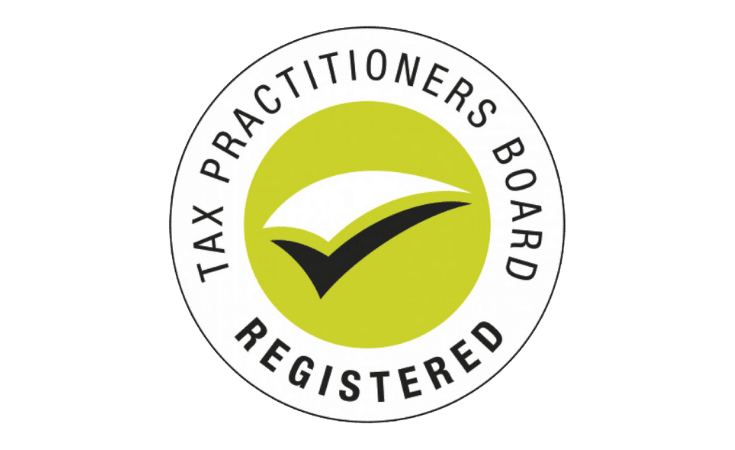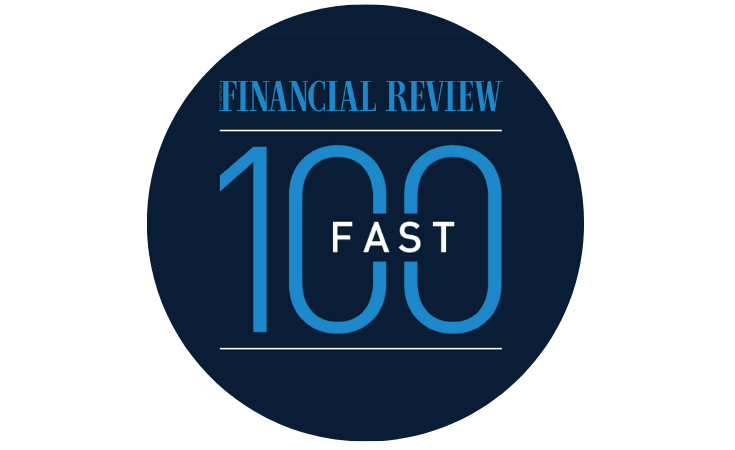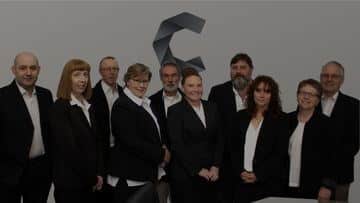
R&D Tax and Grants
Navigating the complicated process of the Research and Development (R&D) tax incentive and other business grants can be overwhelming, and opportunities could be missed. Our R&D Tax and Grants specialists are experts in this field and can help you through the entire process.
The R&D tax incentive is a federal government scheme designed to encourage innovation and entrepreneurial spirit within Australian businesses. The incentive works by either allowing businesses to access a tax refund or to pay less tax based on their investment in eligible Research and Development projects throughout the financial year.
The offset is very generous for early-stage businesses and can result in a cashback amount of more than 40% of expenditure for businesses in a tax loss position.
There are also many business grants and incentives available for business owners, such as:
- Export Market Development Grant (EMDG) which is targeted for aspiring and current exporters.
- Early Stage Innovation Company (ESIC) incentive which aims to connect start-ups that qualify as an ESIC with investors. Download our FREE ESIC Tax Incentive eBook!
We can also support you with an advance on your expected R&D refund through our partner for R&D finance. This is essentially a loan secured against your pending R&D tax refund that allows you to ‘unlock’ that refund early. Depending on the type of R&D finance, businesses can access their R&D early multiple times throughout the year or bring it forward as a one-off lump sum.
Rather than spending your time trying to understand and navigate the claim process for the R&D tax incentive or other business grants, speak to one of our experts and let them guide you through the process.
We can help you access theR&D tax incentive
We assist with all aspects of the R&D tax claim process, including:
- Reviewing all of your business’ activities.
- Identifying and scoping R&D activities.
- Reviewing internal documentation to substantiate the claim.
- Preparing R&D project documentation.
- Prepare and lodge the Application for Registration.
- Calculating eligible R&D expenditure.
- Preparing the ATO R&D Tax Schedule.
- Responding to requests for information.

Find out how much you could claim for R&D Tax Incentive.
Frequently Asked Questions
The R&D Tax Incentive is an Australian government program that provides tax offsets to encourage companies to invest in research and development activities.
There are several requirements to consider when assessing your eligibility for the R&D tax incentive, such as you must be operating as an Australian-based company and cannot be tax-exempt.
To help determine eligibility for the R&D tax incentive, we’ve put together a series of questions that our R&D experts use when reviewing potential claims:
- Was a scientific experiment carried out?
- Were you trying to achieve something unknown or whether something previously untried would be effective?
- Were you trying to solve a technical problem?
- Did the experiment employ the scientific method?
- Was the purpose of the experiment to generate new knowledge?
- In order to generate new knowledge, were you aiming to create new or improved materials, products, devices, processes or services beyond what is currently available in the industry?
- Did the experiment involve an unknown outcome or a technical risk?
- Is the outcome you are seeking unavailable on a commercial basis?
- Is there a risk that the experiment may fail to produce the outcome you are hoping to achieve?
If you answered yes to these scenarios, the activity is a core Research and Development activity. You should retain contemporaneous documentation to demonstrate each of the points outlined above. If you answered no to any of these, the activity is not a core R&D activity, however, the activity may qualify as a supporting R&D activity.
Contact our R&D and Grants specialists for more information.
In terms of the technical side of the claim, you’ll need documented evidence of the activities that have been undertaken throughout the year. As far as expenditure goes, it’s best practice to have timesheet evidence for salary and wages claims, and invoices available for contractor and other direct costs.
A company must incur a minimum of $20,000 on eligible expenditure to be eligible for an Research and Development claim.
The governing bodies associated with R&D claims (AusIndustry and the ATO) typically audit companies once every three to five years. It’s important to have the correct documentation in place up front to support your claim and allow you to rest easy.
The costs to submit a claim varies depending on individual circumstances. At Carbon R&D and Grants, we specialise in lodging for small businesses, ensuring you can enjoy the benefits of the incentive. Contact us to discuss your case.
Eligible activities must be experimental, aiming to generate new knowledge or solve a technical uncertainty.
Detailed records of your R&D activities, expenditures and the purpose of your projects are essential for substantiating your claim.
Yes, start-ups conducting eligible R&D activities can apply and benefit from the incentive.
Yes, software development can qualify if it involves creating new knowledge or resolving technical uncertainties.
Applications involve registering your R&D activities with AusIndustry and claiming the tax offset through your company’s tax return.
Stay updated on the R&D tax incentive and recent trends
Our experts have compiled an update to help you stay in the loop.
Download our eBook for free!

Contact us today Book a free consultation
Contact us today to learn more about the R&D tax incentive. Simply fill in the form below and our research and development specialist will be in touch shortly.
Our Latest
A local team dedicated to your business.
Featured in
Quotes


How AI Is Helping Businesses Improve Profitability, Productivity and Decision-Making










































